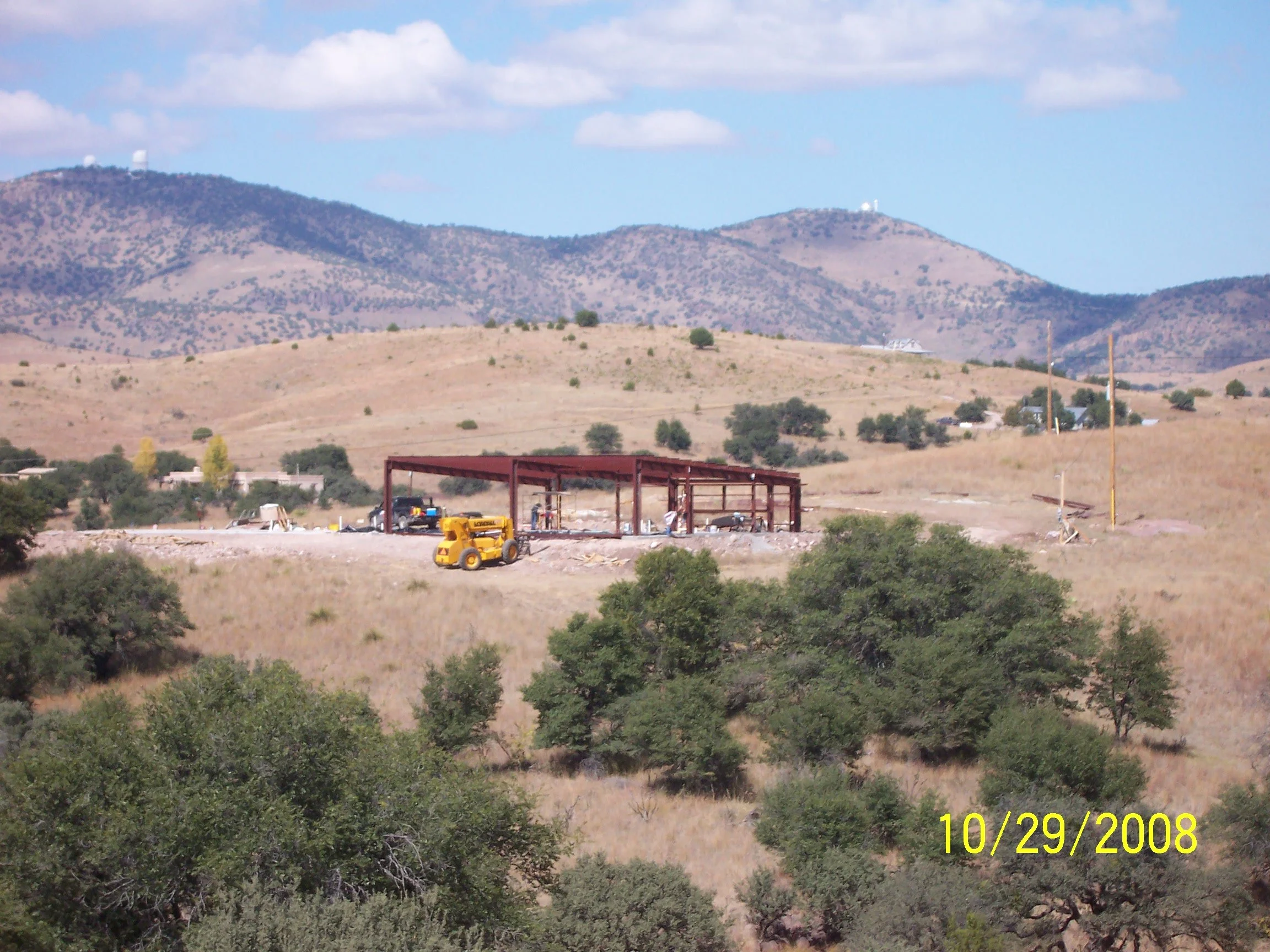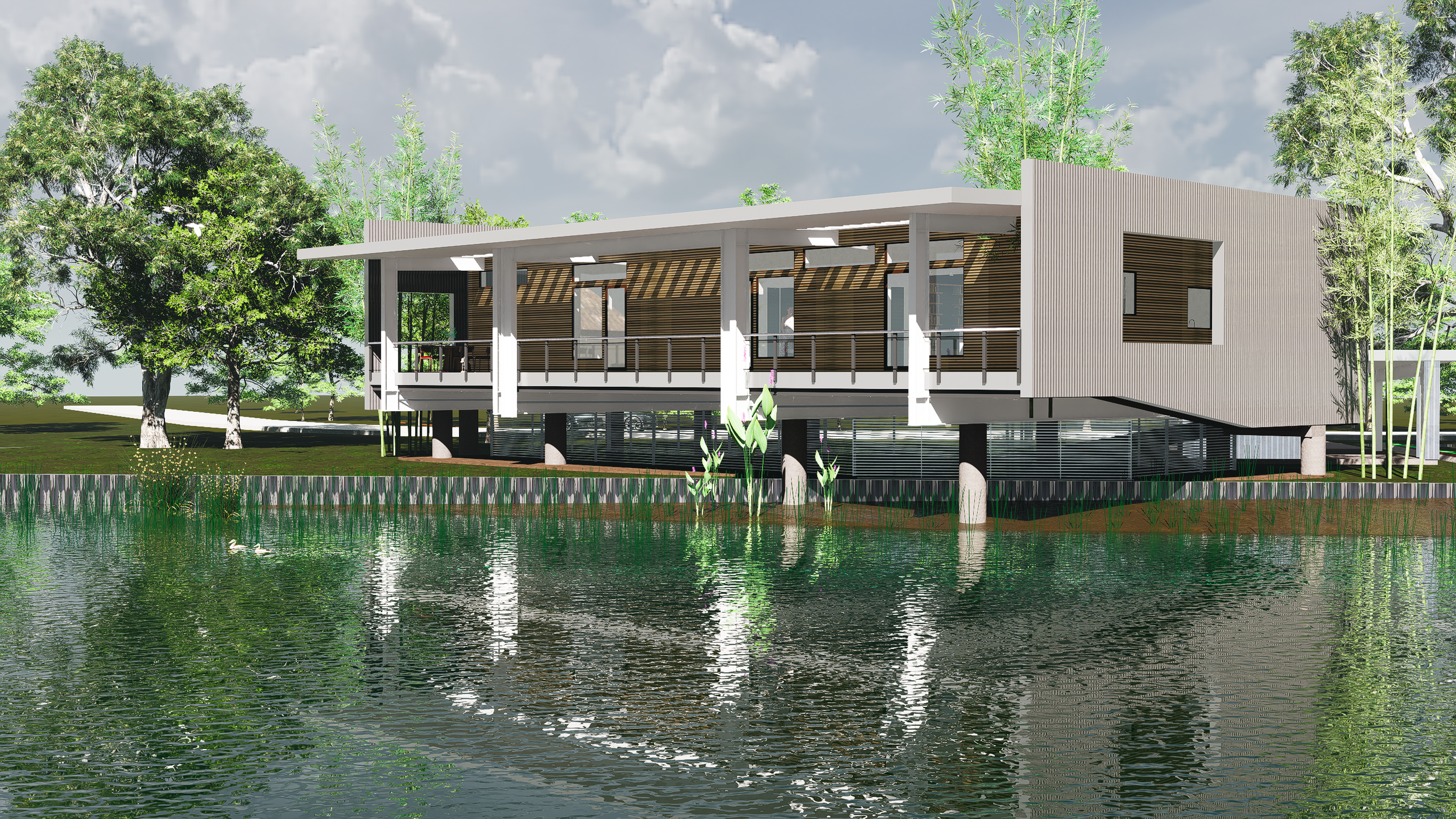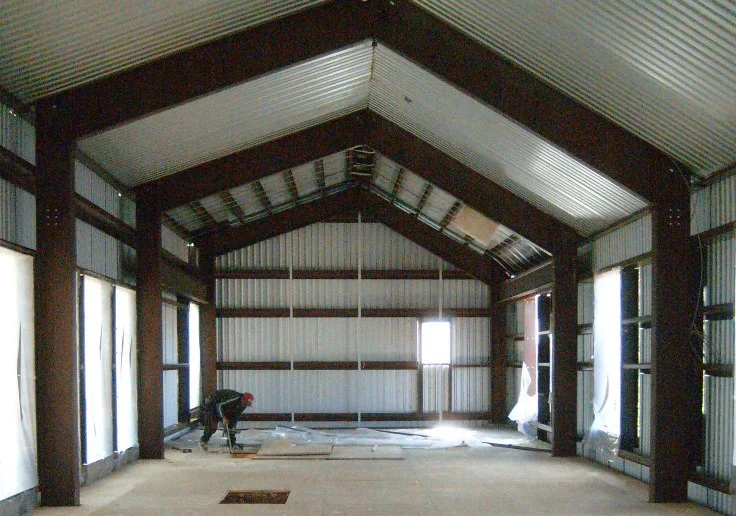
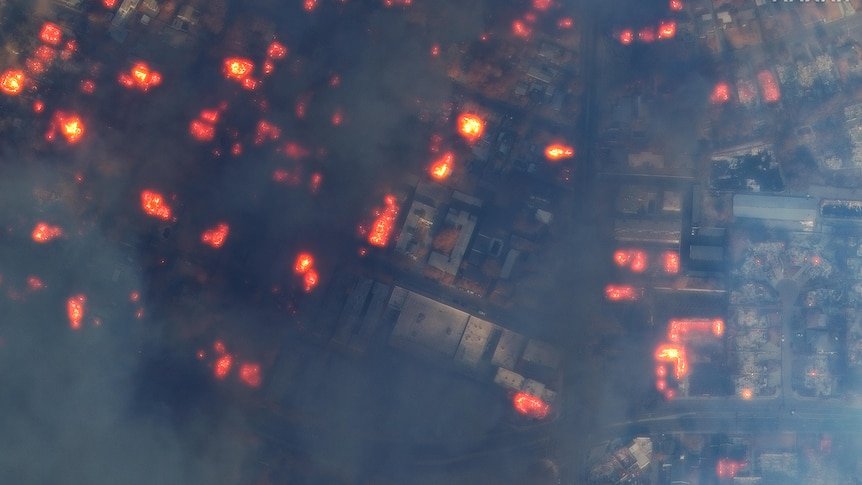





Welcome
The critical challenge of modern weather isn’t that temperatures are more extreme, storms larger, floods higher or that drought-fueled fires can wreck entire cities. The big problem is that these events now often compound each other, arriving in succession or even all at once.
Because collective action has stalled, individuals must take steps on their own to counter these threats — and building a good looking, resilient climate defense home is an obvious first step. We believe homeowners deserve more than survival, they should have the peace of mind and security that comes with Category-5.
Category-5 has an Answer
The Category-5 system grew out of Houston’s direct, chaotic experiences with Hurricanes Alicia, Rita, Ike, Harvey, and Beryl, and storms like Allison.
Their hard lessons taught us that constructing climate security is possible at a fast pace and reasonable cost.
The key is to combine well-known methods and materials in a system that delivers greater strength, durability and survivability than any other type.
To date, we’ve completed buildings for dozens of owners in locations from Colorado to Texas and Louisiana.







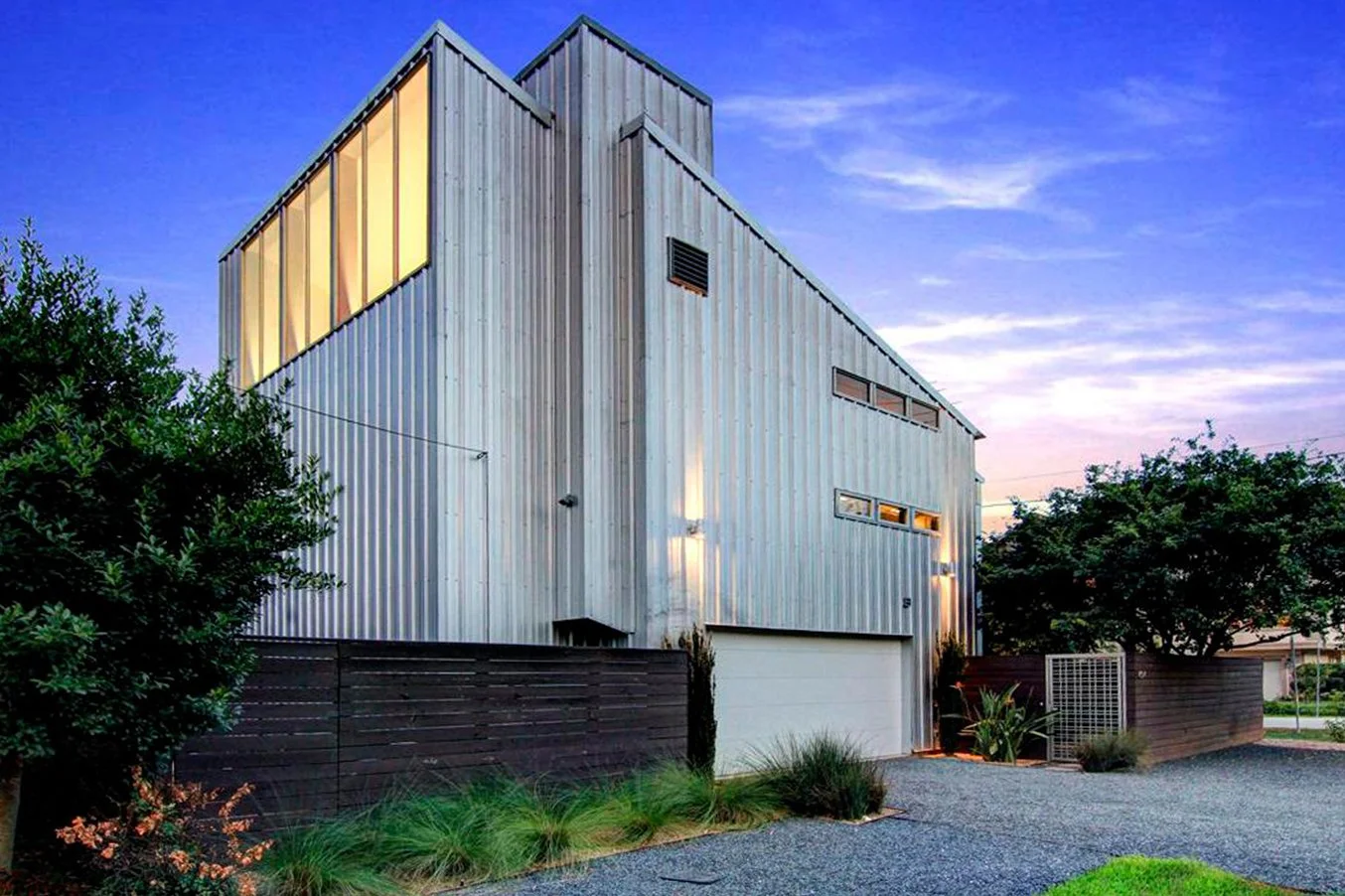

Category-5 is Keyed to Four Critical Goals
STRENGTH
Structures need engineering to outmatch winds of up to Category-5 on the Saffir-Simpson Scale (=157 mph), depending on location
ELEVATION
Homes must be sited and designed to ride above potential floods
DURABILITY
Building envelopes must resist fire and decay, and be fabricated from modern, warranteed materials
SUSTAINABILITY
Materials with high carbon overhead (CO2 emissions) should be reduced, substituted or eliminated
Designs should maximize solar, wind and rainwater harvests, and provide off-grid water, power and communications whenever and wherever possible
(See Design section, below)
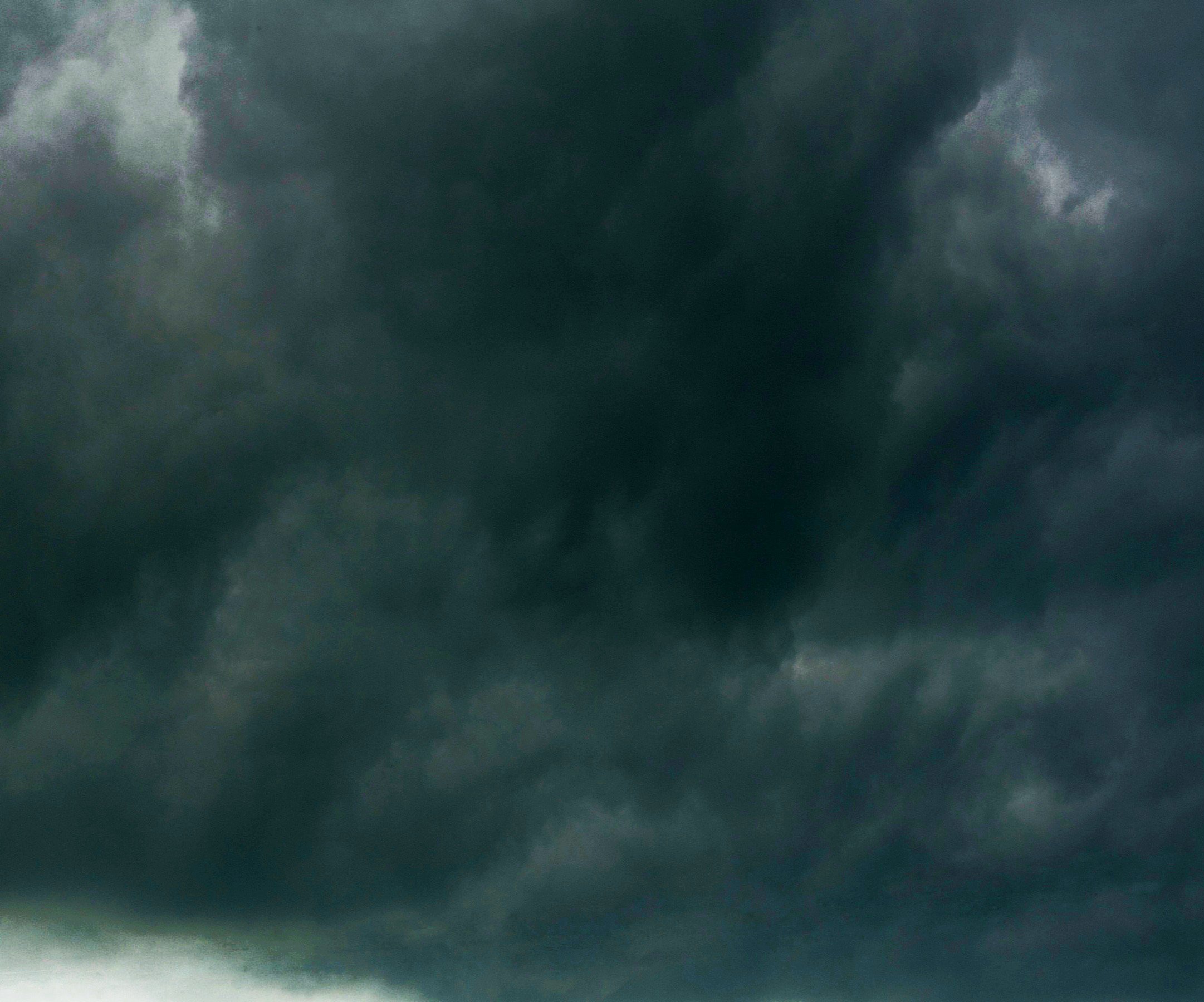
Where Build a Climate Defense House?
The Cat-5 is suited to any urban, suburban or country location that’s likely to face fires, floods, or major storms, or where the local climate promotes mold and decay. It’s especially well-suited to ocean and riverfront locations, and virtually anywhere in the Mississippi and Missouri watersheds, as well as arid areas in the west and southwest US.

Design




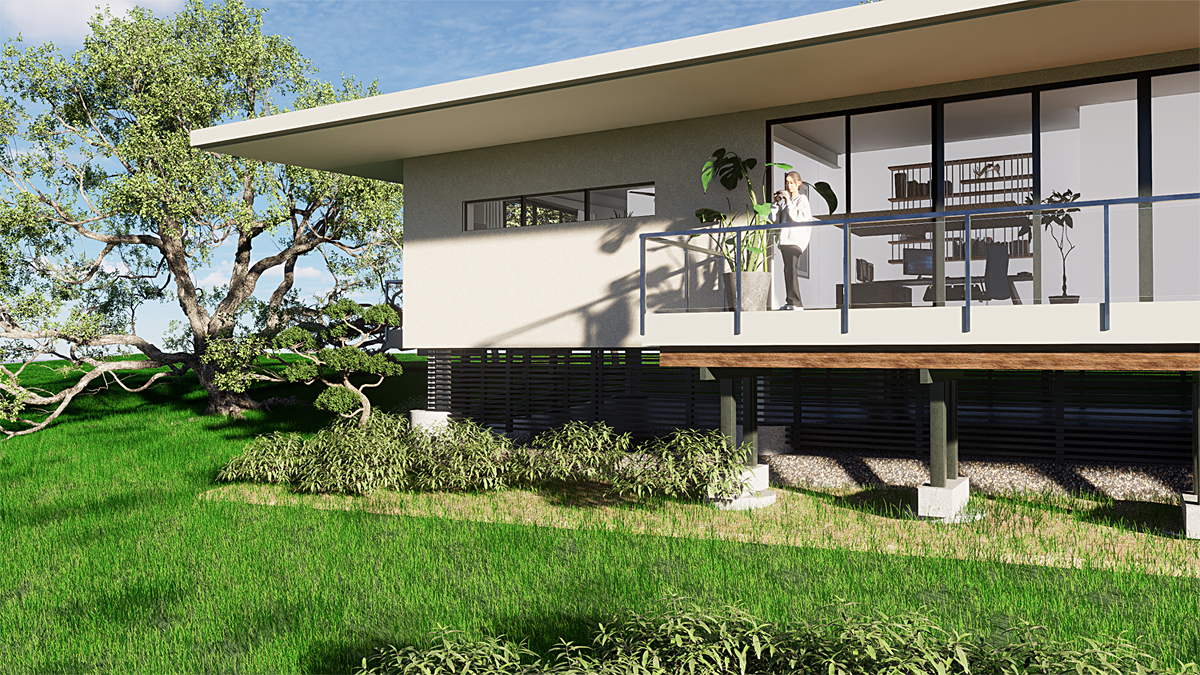









Category-5 Answers Modern Weather
Conservative engineering and extreme insulation counter strong winds and high temperatures
Elevation to 60”+ protects from high water, which flows under and past the building
Proven, warranteed materials assure permanence, durability and storm resistance
The high strength of steel reduces the concrete needed in foundations, resulting in less embodied CO2: our structures average 25% less than same size stick-framed homes
The Coastal and Iconic models shown below illustrate the range of design options available using just a few maximum-efficiency steel frames. They’re templates that can be adapted or expanded beyond these modest layouts to suit virtually any requirement or site conditions.

Process
Category-5s are produced one by one, one after another, in coordinated steps:
We assess the hazards and opportunities of the building site and its physical characteristics, including all risks, such as shown in maps below
We inventory plants and wildlife, utilities and roads, and emergency services (and access points)
We develop documents reflecting critical needs and goals, to be shared among owners, designers, engineers and contractors
All parties collaborate in synthesizing a building design from owner preferences, engineers’ recommendations and site conditions — this step can rely on simple, repeatable structural features or extend to unique design solutions
Determine Category-5’s involvement, which can extend to overseeing contracts, and assisting with purchases of materials and products
DROUGHT
FLOOD RISK
SHADOW MAP
FIRE RISK
WIND ROSE

Compare
The Category-5 system stands out for its strength, durable materials, thermal efficiency, and survivability, and for minimizing the carbon embodied in its construction.
These qualities contrast starkly with the fragility, impermanence, inefficiency, vulnerability and high carbon content of conventional homebuilding.
Strength & Survivability
Engineering to resist winds of up to Category-5 on the Saffir-Simpson Scale (157 mph)
Non-combustible, inorganic shells to defend against fire
Elevation to 60”+ to ride above floods and high water, depending on site conditions

Thermal and Performance Strategies
The performance of its systems and materials decides much about a home’s long term durability. Put simply: a house that’s difficult to heat, cool and maintain will wear out anybody’s patience and lead, eventually, to decay and demolition. Category-5 counters this possibility with,
- Massive insulation, including greater than R-48 in outer walls, and more than R-40 in roofs; these numbers far exceed the R-19 and R-30 ratings required by building codes
- Roofs configured with overhangs of up to 10 feet reduce sun exposure, generate cooling breezes and enable solar and rainfall harvesting
RADIANT BARRIER
BLOWN INSULATION
R-48+ WALLS
R-40+ ROOF

Category-5 and Climate Change
A building’s contribution to global warming and climate change comes from two sources:
- Emissions of carbon dioxide and other gases during the making and installation of its materials
- Lifetime energy used for building systems, like heating and air conditioning
The Category-5 system minimizes these factors by avoiding materials that emit large amounts of CO2 during their manufacture, maximizing thermal insulation and roof shade effects, and emphasizing durability.
Specifically regarding embodied CO2,
- We rely on steel columns carried by only a few widely spaced piers
- By comparison, due to its structural weakness, a wood-framed house requires a massive concrete foundation whose cement boosts its “carbon count” to 25%+ above that of a Category-5 (concrete contributes 10% +/- of all CO2 emitted annually, worldwide) - please see the graphs below
Note:
The carbon count of structural steel is high, but balanced against our reduction in concrete, its environmental effects are less. Modern US steel comes from Electrical Arc Furnaces (EAFs) that increasingly rely on renewable energy and use 98%+ recycled feed stock; their output’s carbon count is 75% lower than from traditional mills
TOTAL EMBODIED CO2
WALL INSULATION
ROOF INSULATION
USEFUL LIFE
COMPLETE CARBON AUDIT

Durability
A house that’s hard to maintain will eventually become obsolete due to deterioration, inefficiency or cost. Because high heat and humidity are becoming common, and swings in temperature can prompt frequent water vapor-moisture phase changes in building envelopes, structures without advanced specifications face dire outcomes.
The pictures below show the performance of conventional wooden buildings during climate change. Category-5s’ exterior materials are selected specifically to counter this hazard, and usually carry long manufacturers’ warrantees. Interior organic materials are kept 10”+ away from exterior walls.

Please contact Category-5:
ABOUT CATEGORY-5
CATEGORY-5 is a consortium of designers and engineers committed to building strong, durable and beautiful residences across America - houses built for the future not the past. Based in Houston, we’ve seen some of the worst that nature can dish out, and know what it takes to come out the other side.
“HIGHER THAN THE FLOOD, STRONGER THAN THE WIND”
713 . 398 . 5207

FLUKE STORMS

RISING WATER

FLOODED TOWNS

LOSSES

FIRES IN THE CITIES

BURNT TOWNS

MATCHSTICKS

EMBODIED CARBON

MOLD

MOLD






